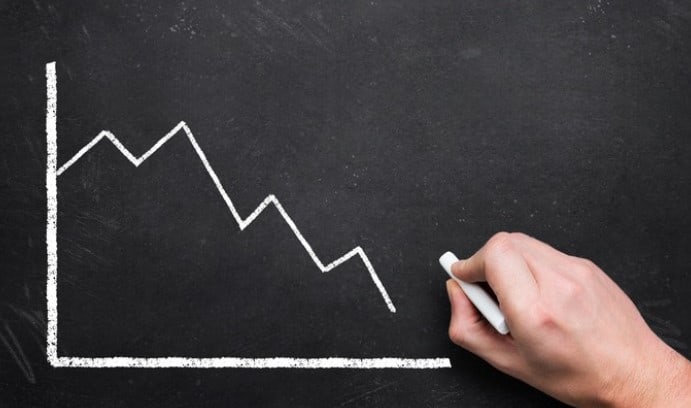It’s not exactly a new trend, but it’s an extension of a trend that should gnaw at Apple (NASDAQ:AAPL) shareholders while it delights owners of over-the-counter equity Samsung (OTC:SSNLF). That trend is Samsung continuing to grow its share of the smartphone market, taking most of that added share away from Apple’s iPhone.
Though still sporting a smaller piece of the market than Samsung, Huawei garnered even more of the smartphone market for itself during the third quarter of the year, according to fresh data from technology market research organization Gartner.
In some regards, it doesn’t entirely matter. Apple knew this day was coming long ago, and it has already waded deeper into digital services like music, video, and apps. Still, each passing quarter that sees Apple lose share of this important market increasingly puts pressure on the company’s young services arm.
Apple isn’t part of the two-horse race
During the third quarter, leveraging the popularity of its Galaxy series, Samsung shipped a total of 79.1 million units, accounting for 20.4% of a slightly shrinking market. Its Q3 2018 shipments only made up 18.9% of the market. Apple, conversely, saw its Q3 shipment market share slide from 11.8% a year ago to 10.5% last quarter. The big surprise? Huawei’s share jumped from 13.4% to 17.0%.
Gartner’s senior research director, Anshul Gupta, commented on the ongoing trend:
For the majority of smartphone users, desire has shifted away from owning the least expensive smartphone. Today’s smartphone user is opting for midtier smartphones over premium-tier ones because they offer better value for money.
And the trend is indeed ongoing. Since 2015, Apple’s market share percentage has dwindled from the mid-teens to just above 10% for a couple of quarters now. Samsung’s share shrank to a smaller degree in 2018, but it appears to be on the mend now. Huawei, despite being collaterally damaged in the trade war being fought between China and the United States, has been able to offset that overhang by doing particularly well in China.

Not necessarily the end of the world for Apple
Although Apple is losing market share, as was noted, it’s making more deliberate efforts to grow its digital business. It did $12.5 billion worth of digital product and service sales last quarter, and while the company has not fully offset its waning iPhone revenue with digital goods, operating margin on software and services can be twice as strong as it is on hardware. Apple can be just as profitable with less revenue by continuing to ramp up its services business.
Misleading timing could dampen the worrisome message found in the delivery numbers alone, though. Gupta noted, “The iPhone 11, 11 Pro and 11 Pro Max saw good initial adoption, which suggests that sales may be positive in the remaining quarter.” In other words, Apple’s previous quarter ended in September, and Gartner’s look was only through October, but the iPhone 11’s demand may not have started firming up until this month, heading into the holiday shopping season.
Nevertheless, Apple’s plans to drive more service revenue are vulnerable to the fact that its total number of shipped iPhones fell last quarter, more than the market did as a whole. Apple only delivered 40.8 million smartphones during the third quarter, versus 45.7 million in the same quarter a year earlier.
As for Samsung, while it’s gaining market share now, its best may still be yet to come.
Without specifically naming Samsung as a top beneficiary, Gupta did note, “while waiting for 5G network coverage to increase to more countries, smartphone users are delaying their purchase decisions until 2020.” That delay arguably favors Samsung more than most of its competitors, though, as it’s not only already the smartphone market leader, it also makes the chips and tower infrastructure that make them work for wireless carriers.
To that end, just this week, AT&T announced it was taking pre-orders for its first consumer 5G device, which happens to be the Galaxy Note 10+, the 5G variant.
The big takeaway
It’s a concern for Apple shareholders, to be sure, although not the one investors might have suspected two years ago. It would certainly be advantageous if more consumers owned iPhones, as the company is aiming to better monetize its existing user base. It can increasingly do that even if the total number of i-devices stagnates.
Still, a growing user base would only help that effort.
More than anything, though, investors may want to hold off on jumping to sweeping, immutable conclusions. Next year’s advent of 5G connectivity and the subsequent rise of the internet of things is truly going to spur a wave of replacement and upgrade purchases. That’s Samsung’s fight to lose, but never say never.

